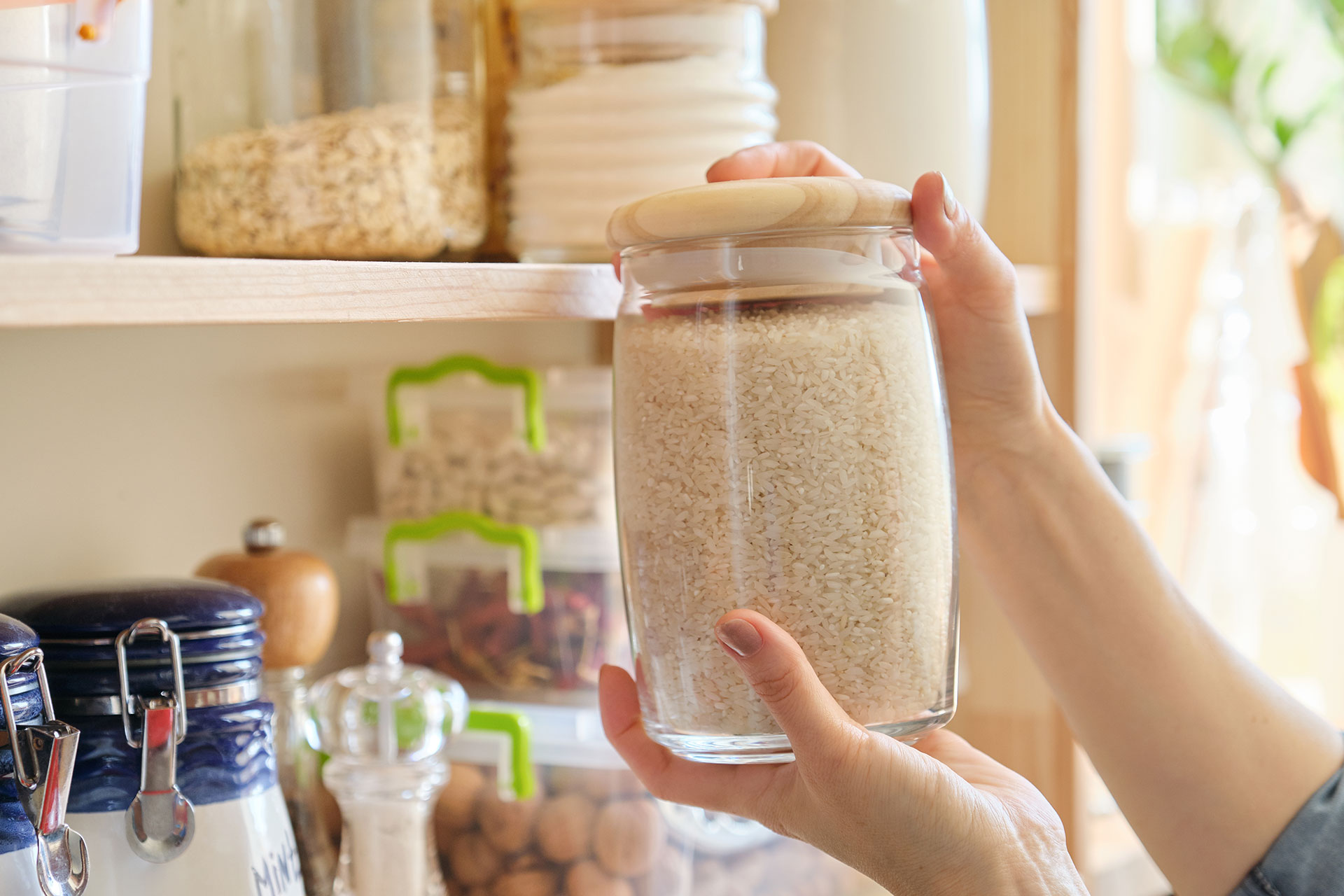

Articles
How To Store Uncooked Rice
Modified: February 28, 2024
Learn the best techniques for storing uncooked rice to keep it fresh and prevent spoilage. Check out our informative articles on proper rice storage.
(Many of the links in this article redirect to a specific reviewed product. Your purchase of these products through affiliate links helps to generate commission for Storables.com, at no extra cost. Learn more)
Introduction
Welcome to the world of rice storage! Whether you are a seasoned chef, a cooking enthusiast, or someone who loves to stock up on pantry essentials, knowing how to store uncooked rice properly is crucial to maintain its quality and freshness. Rice is a staple food for many cultures around the world, and its versatility makes it an essential ingredient in countless dishes. However, improper storage can lead to spoilage, loss of flavor, or even the dreaded presence of pests and insects.
In this article, we will delve into the art of storing uncooked rice. We will explore the appropriate containers to use, the ideal storage location, temperature and humidity control, protection from pests and insects, the importance of avoiding moisture and contamination, how long rice can be stored for, and how to check for spoilage or insect infestation. By following these guidelines, you can ensure that your rice remains fresh, flavorful, and ready to be transformed into delicious meals whenever you need it.
So let’s dive into the wonderful world of rice storage and learn how to keep your grains in perfect condition!
Key Takeaways:
- Proper storage containers are crucial for maintaining the quality of uncooked rice. Choose airtight, food-grade, opaque containers of the right size to keep rice fresh and free from pests and contaminants.
- The ideal storage location for uncooked rice is a cool, dry area with proper ventilation. Control temperature and humidity to prevent spoilage, mold growth, and insect infestation, ensuring long-lasting, high-quality rice for delicious meals.
Read more: How To Store Uncooked Bacon
Proper Storage Containers
When it comes to storing uncooked rice, using the right containers is essential to maintain its quality and prevent any potential contamination. Here are some guidelines for selecting the proper storage containers:
- Airtight containers: Choose containers that have a tight-fitting lid to create an airtight seal. This helps to prevent moisture, pests, and insects from reaching the rice. Plastic or glass containers with a silicone seal or a locking mechanism are good options for storing rice.
- Food-grade materials: Ensure that the containers you use are made of food-grade materials to avoid any leaching of harmful chemicals into the rice. BPA-free plastic containers or glass jars are safe and suitable options.
- Opaque or tinted containers: Rice is sensitive to light, which can degrade its quality over time. Opt for containers that are either opaque or tinted to block out excess light exposure. This helps to preserve the flavor, texture, and nutritional value of the rice.
- Choose the right size: Select containers that are appropriately sized for the amount of rice you plan to store. It’s better to store rice in smaller containers rather than larger ones, as this reduces the frequency of opening and exposing the rice to air and moisture.
Remember to label your containers with the type and date of the rice stored, as this will help you keep track of freshness and rotation.
By using proper storage containers, you can ensure that your uncooked rice remains fresh, untouched by pests, and shielded from potential contaminants. Let’s move on to the next section to discover the ideal storage location for your rice.
Appropriate Storage Location
Choosing the right storage location for your uncooked rice is just as important as using proper storage containers. The environment where you store your rice can greatly impact its quality and longevity. Here are some factors to consider when selecting an appropriate storage location:
- Cool and dry: The ideal storage location for rice is in a cool and dry area. Extremes of temperature and humidity can promote the growth of mold, bacteria, or pests. Aim for a temperature between 50°F to 70°F (10°C to 21°C) and a humidity level below 15%. Moisture and high humidity can result in rice clumping together, losing its texture, and becoming susceptible to spoilage.
- Avoid sunlight: Sunlight can cause the rice to degrade and lose its nutritional value. Therefore, it’s essential to store rice away from direct sunlight. Choose a location in your pantry or kitchen that is away from windows or other sources of direct sunlight.
- Keep away from strong odors: Rice has a unique ability to absorb odors from its surroundings. To maintain its natural flavor, it’s important to store rice away from strong-smelling substances such as spices, cleaning agents, or strong-smelling food items.
- Proper ventilation: Ensure that the storage location has proper ventilation to prevent the build-up of excess moisture and potential mold growth. Air circulation is crucial in maintaining the quality and freshness of the rice.
Consider these factors when choosing the best storage location for your uncooked rice. A cool, dry, and well-ventilated area in your pantry or kitchen will help to preserve the quality and taste of the rice over an extended period of time.
Now that we have covered the storage containers and location, let’s explore the importance of temperature and humidity control in the next section.
Temperature and Humidity Control
Controlling the temperature and humidity in the storage area is crucial for maintaining the quality and freshness of your uncooked rice. Here’s why temperature and humidity control matters:
Temperature: Rice should be stored in a cool environment, preferably between 50°F to 70°F (10°C to 21°C). Avoid storing rice in areas that experience extreme temperature fluctuations, such as near ovens or stovetops. Fluctuating temperatures can cause condensation inside the storage container, leading to moisture buildup and potential spoilage of the rice.
Humidity: High humidity can contribute to the deterioration of rice quality. Excessive moisture in the storage area can cause the rice to absorb moisture, which leads to clumping, loss of texture, and a higher risk of mold or insect infestation. Aim to keep the humidity level below 15% in the storage area by using dehumidifiers or ensuring proper ventilation.
Proper temperature and humidity control can help prolong the shelf life of your uncooked rice. By storing rice in a cool and dry environment with controlled humidity levels, you can ensure that the rice maintains its desired texture, taste, and nutritional value over time.
In the next section, we will discuss the measures you can take to protect your rice from pesky pests and insects.
Protection from Pests and Insects
Keeping pests and insects away from your uncooked rice is essential to prevent contamination and spoilage. Here are some effective measures you can take to protect your rice:
- Seal the containers: Ensure that your storage containers are properly sealed to prevent any entry points for pests. Use containers with airtight lids and check for any cracks or gaps that may allow insects to infest the rice.
- Inspect before storing: Before transferring rice to storage containers, thoroughly inspect it for any signs of insects or pests. Look for larvae, eggs, or adult insects and discard any contaminated rice.
- Bay leaves or neem leaves: Place a few bay leaves or neem leaves inside the storage containers. These leaves contain natural insect-repellent properties and can effectively deter pests from infesting your rice.
- Use diatomaceous earth: Sprinkle a thin layer of food-grade diatomaceous earth at the bottom of the storage containers or in the surrounding area. Diatomaceous earth is a natural and non-toxic substance that helps to deter and eliminate pests.
- Periodic cleaning: Regularly clean and sanitize your storage area to remove any food particles or spilled rice that can attract pests. Wipe down the storage containers with a mild detergent and warm water to ensure cleanliness.
By implementing these protective measures, you can greatly reduce the risk of pest infestation in your stored rice. Remember to inspect your rice periodically for any signs of pests and take immediate action if any are found.
Now that we have addressed pest prevention, let’s move on to the next section, which covers avoiding moisture and contamination.
Store uncooked rice in a cool, dry place in an airtight container to prevent moisture and pests from getting in. Avoid storing it near heat sources or in direct sunlight.
Read more: How To Store Uncooked Artichokes
Avoiding Moisture and Contamination
Moisture and contamination can quickly degrade the quality of your uncooked rice and make it unfit for consumption. To ensure the longevity and freshness of your rice, it’s important to take measures to avoid moisture and contamination. Here are some essential steps to follow:
- Keep rice dry: Moisture is the enemy of rice storage. Always ensure that the rice is completely dry before transferring it to storage containers. If the rice has excess moisture, it can become clumpy and prone to mold growth.
- Reseal tightly: After each use, make sure to securely reseal the storage containers to prevent moisture from seeping in. Moisture in the air can lead to the degradation of the rice’s texture and taste.
- Store away from liquids: Avoid storing rice near liquids or damp areas in the kitchen. Liquids, such as water or cooking oils, can accidentally spill and contaminate the rice, compromising its quality.
- Wash hands before handling: Before handling the rice or reaching into the storage containers, always wash your hands thoroughly to avoid transferring any contaminants. This helps to maintain the hygiene and integrity of the rice.
- Avoid cross-contamination: Store rice separately from other food items, especially those with strong odors. Rice has the tendency to absorb smells, and any strong aromas from nearby foods might affect its taste and quality.
By diligently following these guidelines, you can ensure that your uncooked rice remains free from moisture and contamination. This will help preserve its freshness, nutritional value, and overall quality.
Now that we have covered the measures to avoid moisture and contamination, let’s move on to discussing the duration of rice storage.
Duration of Rice Storage
The duration for which you can store uncooked rice depends on several factors, including the type of rice, its processing method, and the storage conditions. Here are some guidelines to consider:
- White rice: White rice, which has had the bran and germ removed, has a longer shelf life compared to brown rice. When stored properly in a cool, dry place, white rice can typically be stored for up to 4-5 years.
- Brown rice: Brown rice, which retains the bran and germ, contains natural oils that can cause it to spoil more quickly. Generally, brown rice can be stored for up to 6-12 months before it starts to lose quality.
- Wild rice and specialty rice: Wild rice and specialty rice varieties may have different storage durations. It’s always best to refer to the packaging or check with the manufacturer for specific storage guidelines.
- Storage conditions: The shelf life of rice can be affected by the storage conditions. Rice stored in a cool, dry place with controlled humidity levels will last longer compared to rice exposed to high temperatures or fluctuating humidity.
It’s important to note that while rice can be stored for extended periods, it’s always advisable to check the quality and freshness of the rice before use. Consider using the “first in, first out” principle when it comes to rice storage. Rotate your rice supply, using the oldest stock first to ensure that you are consuming the freshest grains.
Now that we have discussed the duration of rice storage, let’s move on to the next section, which covers how to check for spoilage or insect infestation.
Checking for Spoilage or Insects
Regularly inspecting your stored rice for spoilage or insect infestation is essential to ensure that it remains safe and suitable for consumption. Here are some steps you can take to check the quality of your rice:
- Visual inspection: Examine the rice for any signs of discoloration, mold, or unusual spots. Discard any rice that appears discolored, as this may indicate spoilage.
- Odor check: Take a whiff of the rice to detect any strange or unpleasant odors. If the rice has a musty or foul smell, it is best to dispose of it, as it may have gone bad.
- Check for pests: Look for any signs of insects, such as larvae, webs, or adult pests, among the rice grains. If you observe any presence of pests, discard the affected rice and sanitize the storage containers.
- Test for texture: Cook a small portion of the rice and evaluate its texture. Spoiled rice may lose its firmness or have a mushy consistency, indicating that it is no longer suitable for consumption.
Regularly conducting these checks will help you identify any issues early on and prevent the consumption of spoiled or contaminated rice. It’s better to err on the side of caution and discard any rice that exhibits signs of spoilage or infestation.
By following these guidelines and regularly inspecting your stored rice, you can ensure that you are using high-quality, safe, and delicious grains for your meals.
Now that we have covered the importance of checking for spoilage and insect infestation, let’s conclude our article.
Conclusion
Properly storing uncooked rice is crucial to maintain its quality, freshness, and nutritional value. By following the guidelines outlined in this article, you can ensure that your rice remains in pristine condition for an extended period of time. Here’s a summary of the key points discussed:
1. Select the appropriate storage containers: Use airtight containers made of food-grade material, preferably opaque or tinted, and of the right size for your storage needs.
2. Choose an appropriate storage location: Opt for a cool, dry area away from direct sunlight, strong odors, and with proper ventilation.
3. Control temperature and humidity: Maintain a temperature of 50°F to 70°F (10°C to 21°C) and a humidity level below 15% to prevent spoilage and mold growth.
4. Protect from pests and insects: Ensure your storage containers are sealed, inspect the rice for pests before storing, use natural deterrents like bay leaves or diatomaceous earth, and practice regular cleaning.
5. Avoid moisture and contamination: Keep rice dry, tightly seal containers, store away from liquids, wash hands before handling, and store rice separately to prevent cross-contamination.
6. Understand the duration of rice storage: White rice can last up to 4-5 years, while brown rice has a shelf life of around 6-12 months. Rotate your stock using the “first in, first out” principle to ensure freshness.
7. Regularly check for spoilage or insects: Inspect visually, check for odors, look for pests, and test the texture of cooked rice to verify its quality.
By implementing these storage practices and conducting regular checks, you can enjoy fresh, flavorful rice that is free from spoilage, insects, and contaminants. Follow these guidelines to make the most of your rice and maintain its superior quality.
So, whether you are storing basmati, jasmine, wild rice, or any other variety, remember the importance of proper storage to maximize the lifespan and taste of your uncooked rice. Bon appétit!
Frequently Asked Questions about How To Store Uncooked Rice
Was this page helpful?
At Storables.com, we guarantee accurate and reliable information. Our content, validated by Expert Board Contributors, is crafted following stringent Editorial Policies. We're committed to providing you with well-researched, expert-backed insights for all your informational needs.
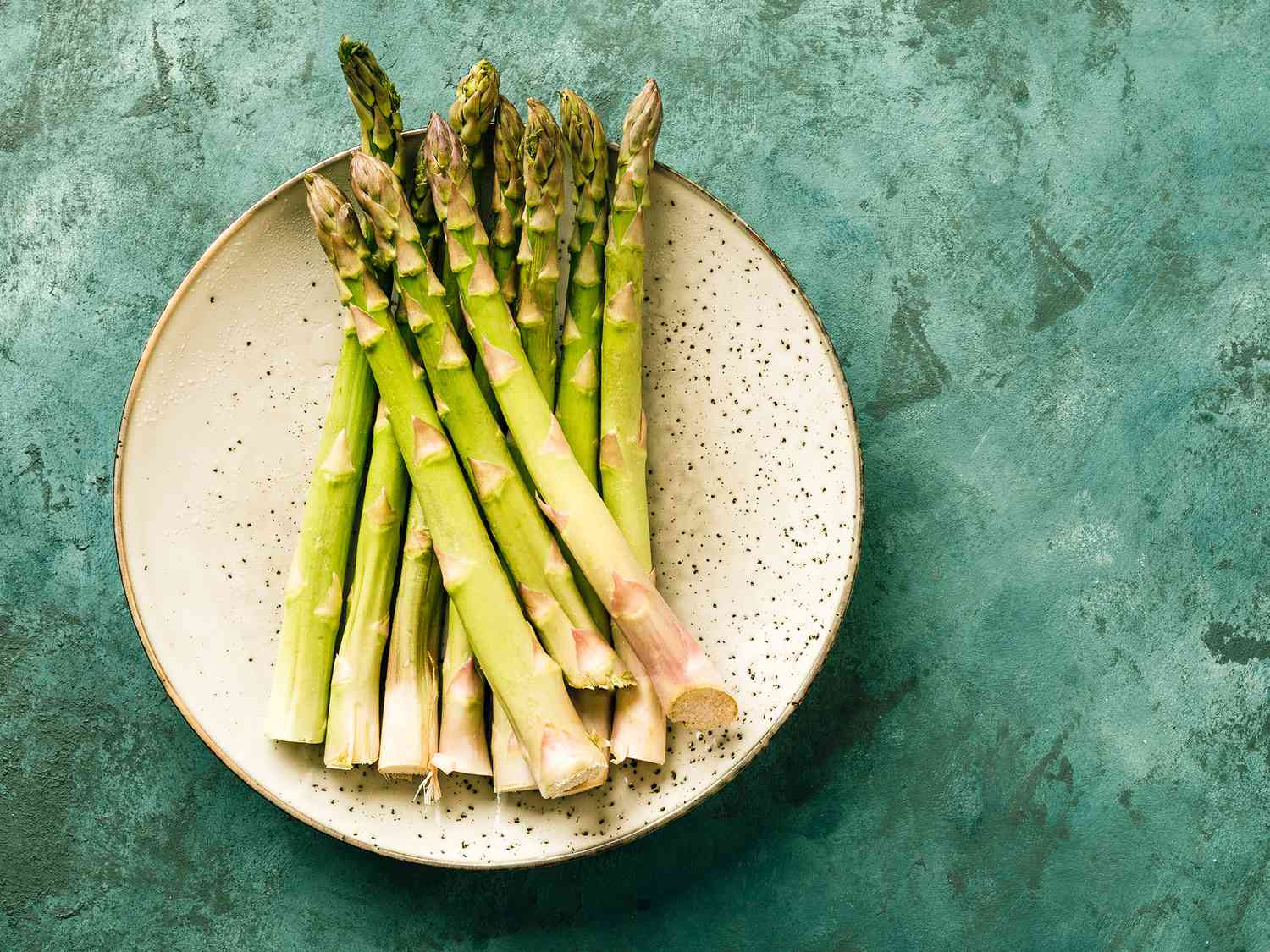
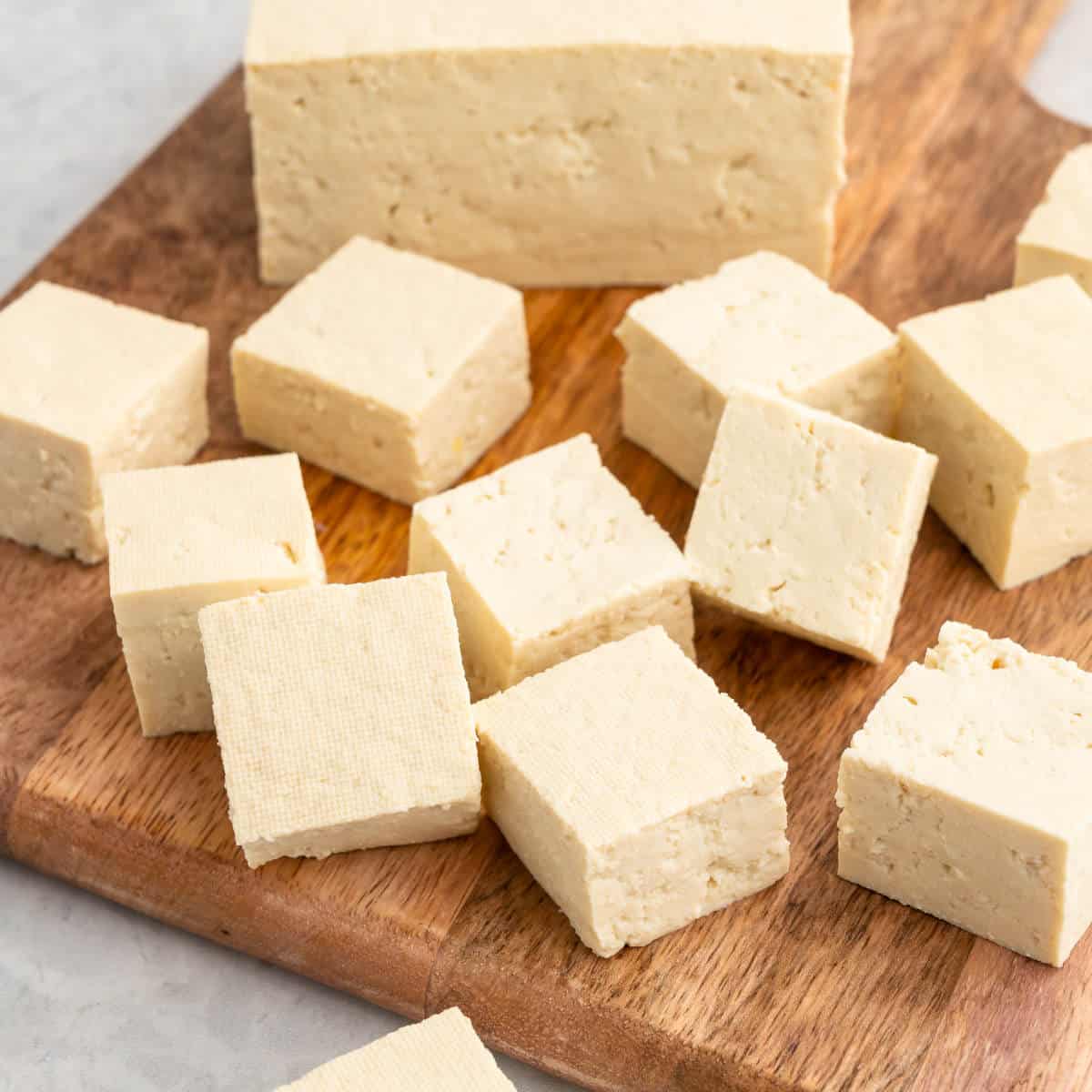
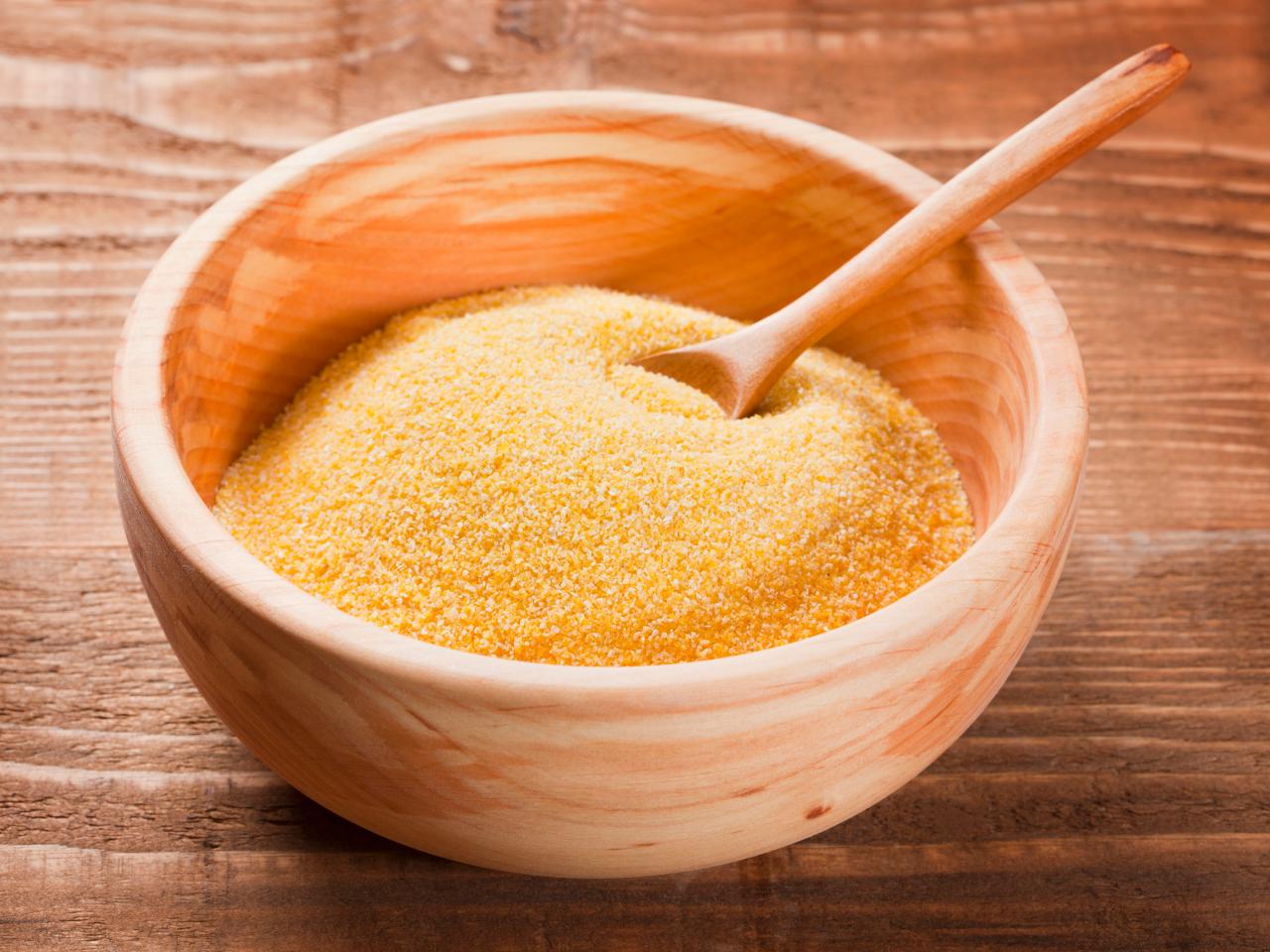
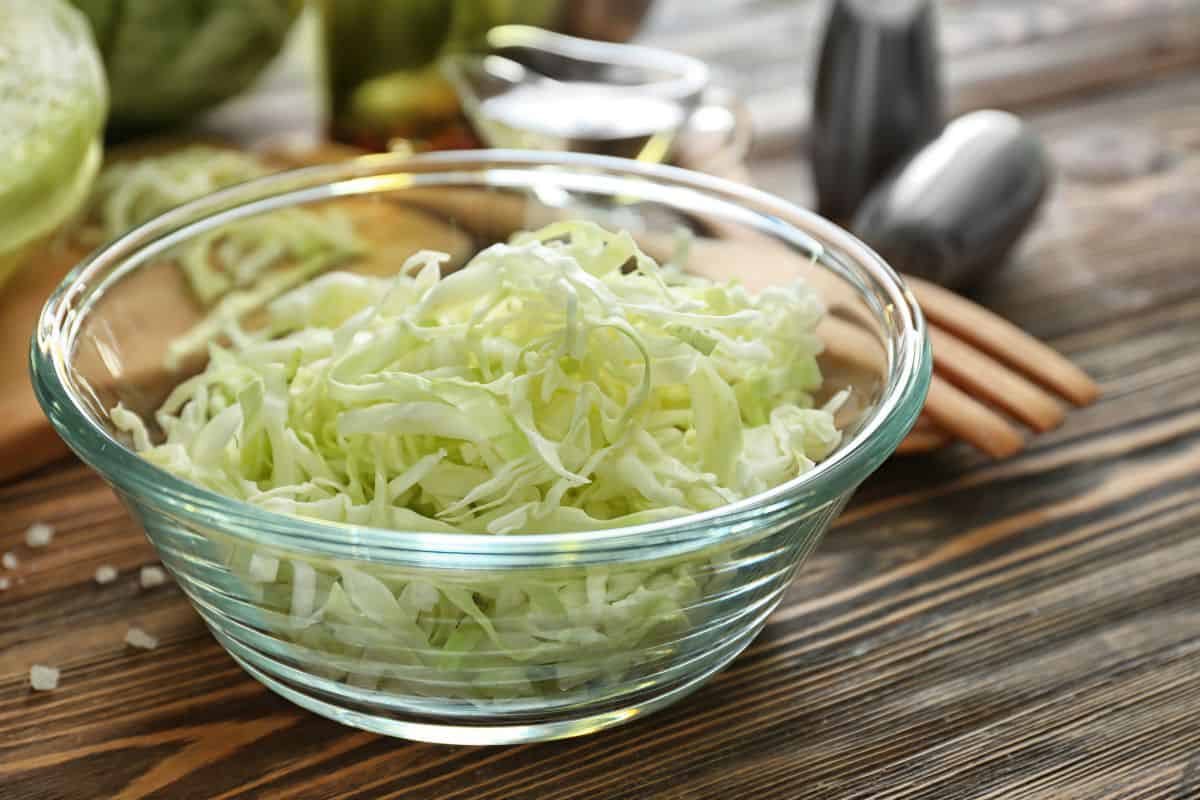
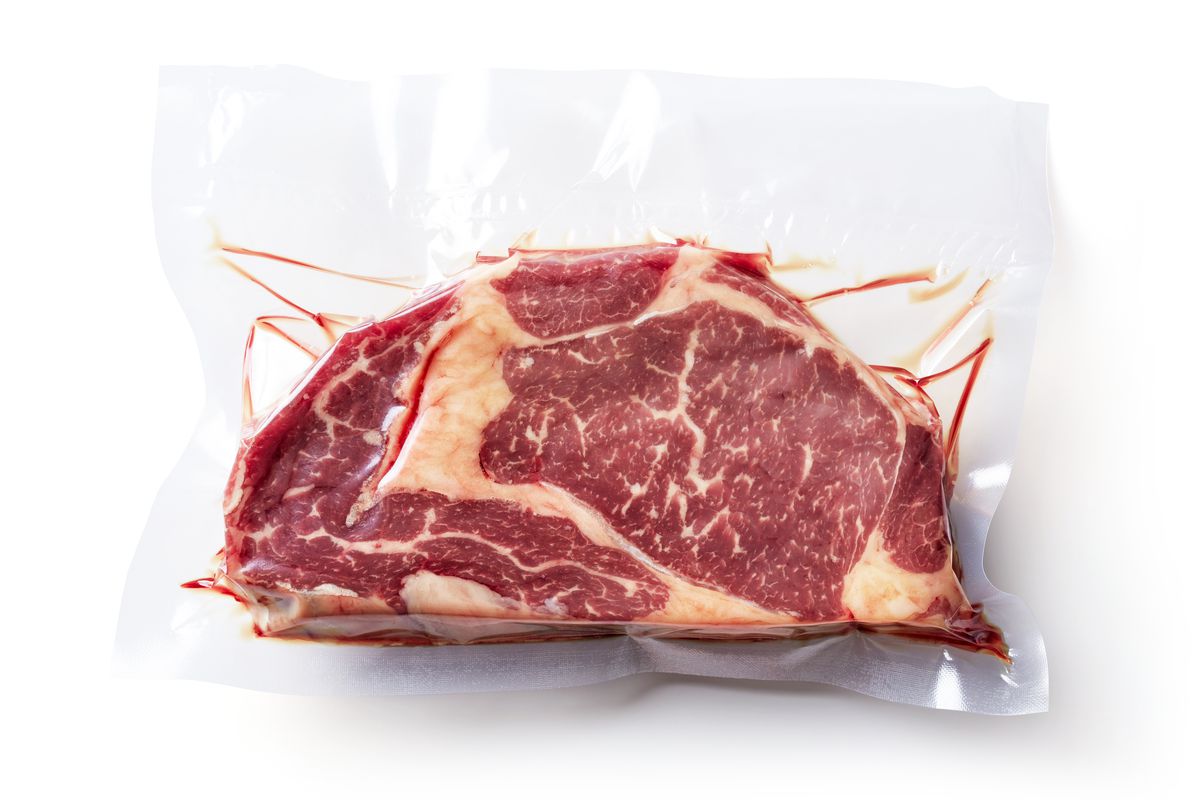
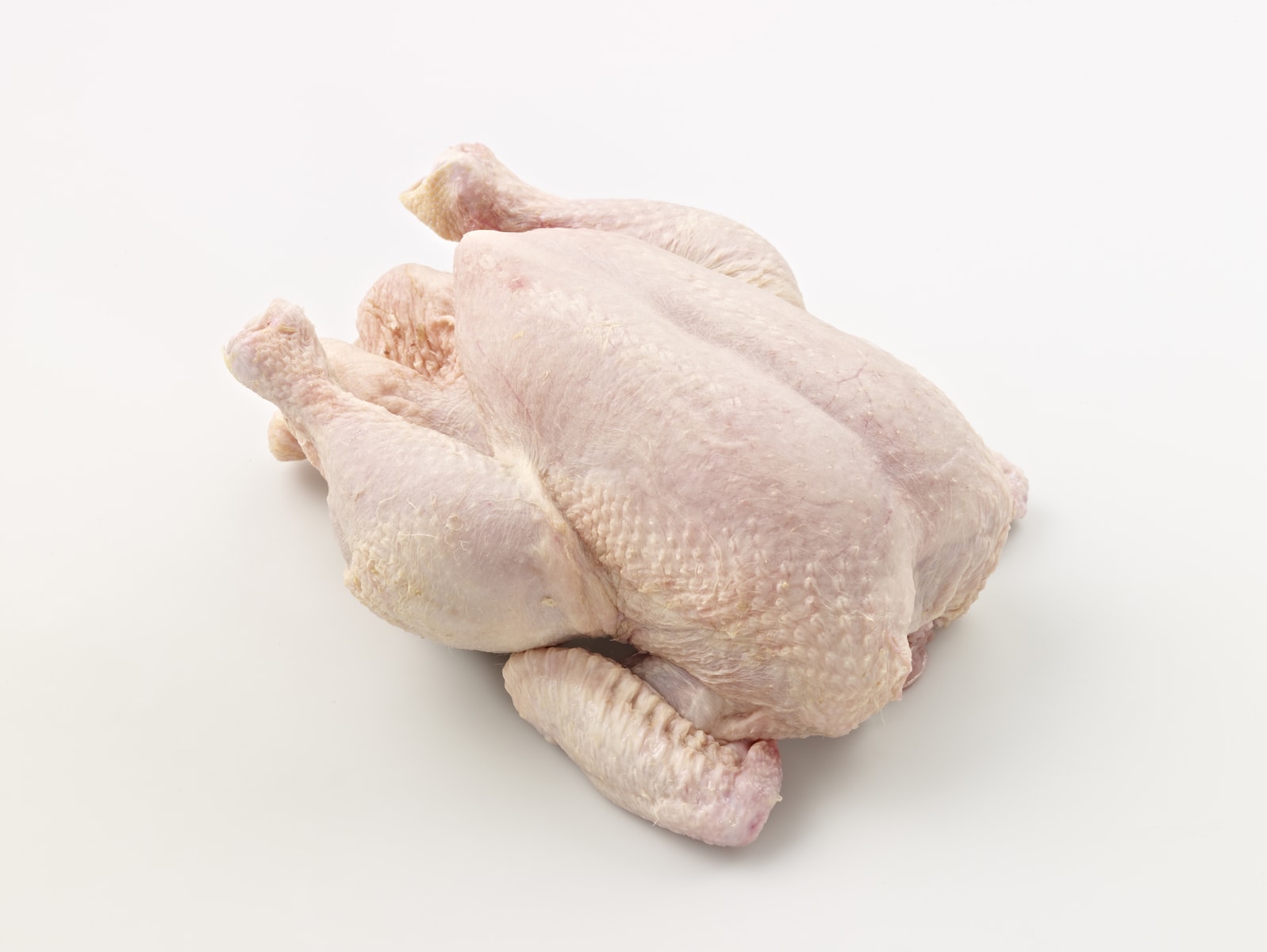
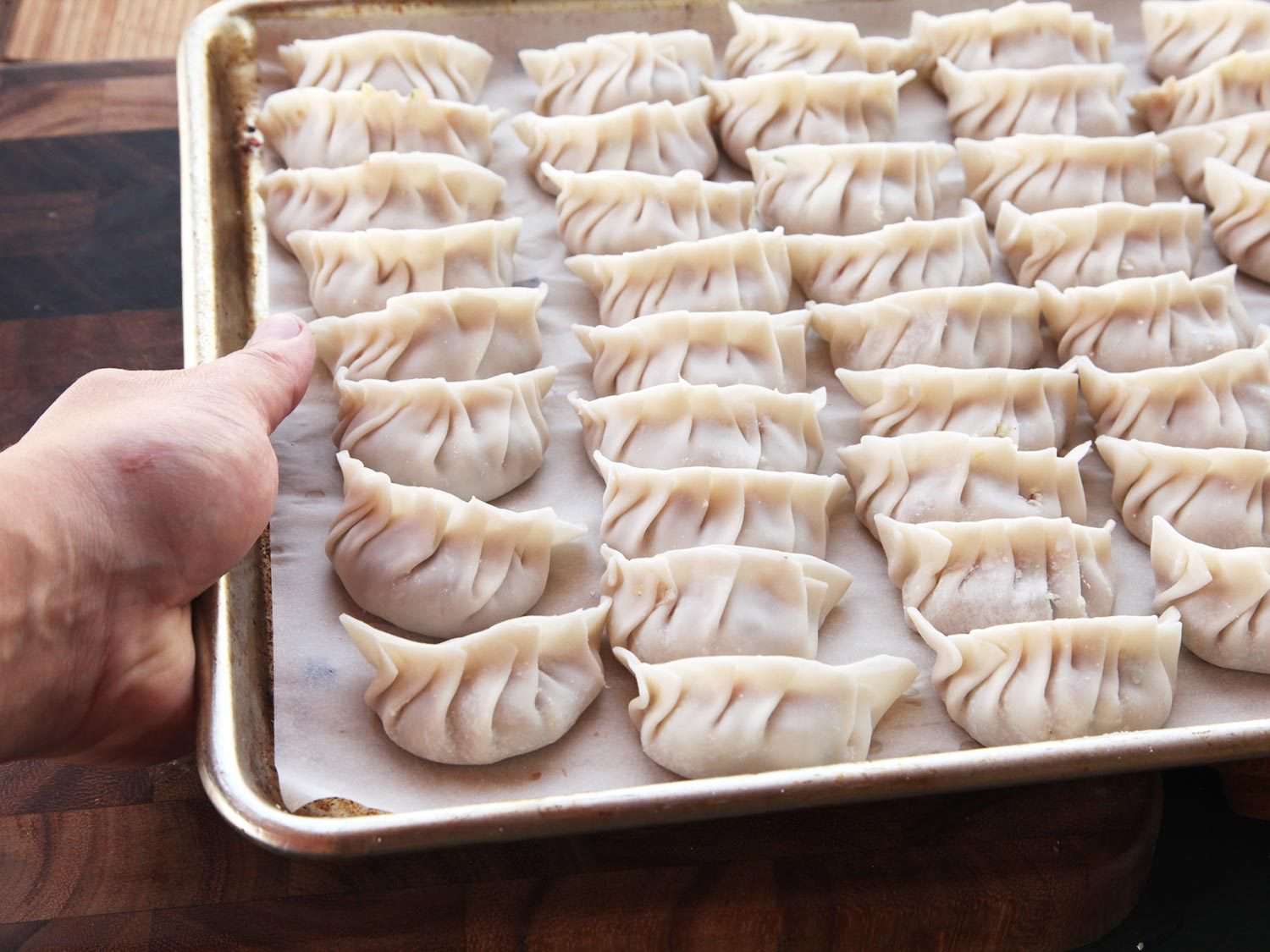
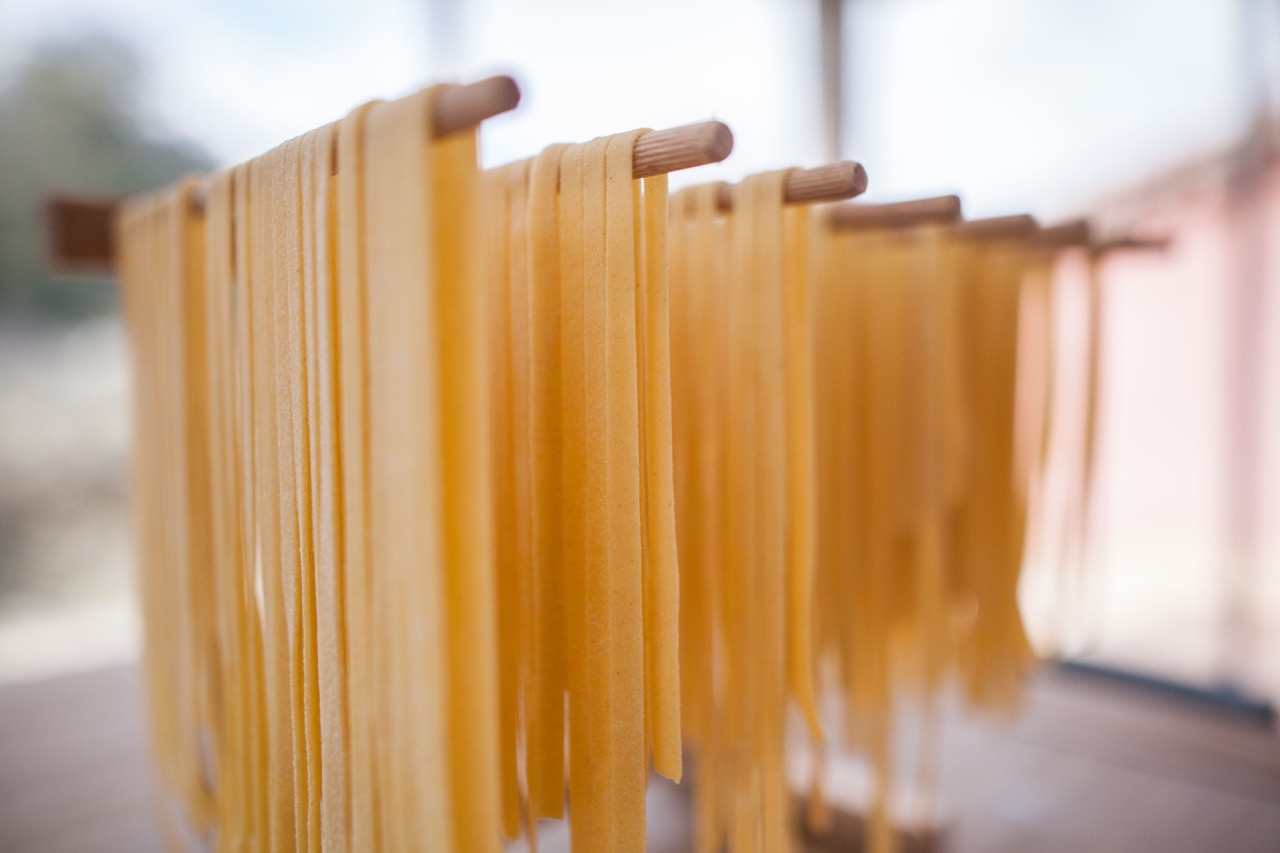
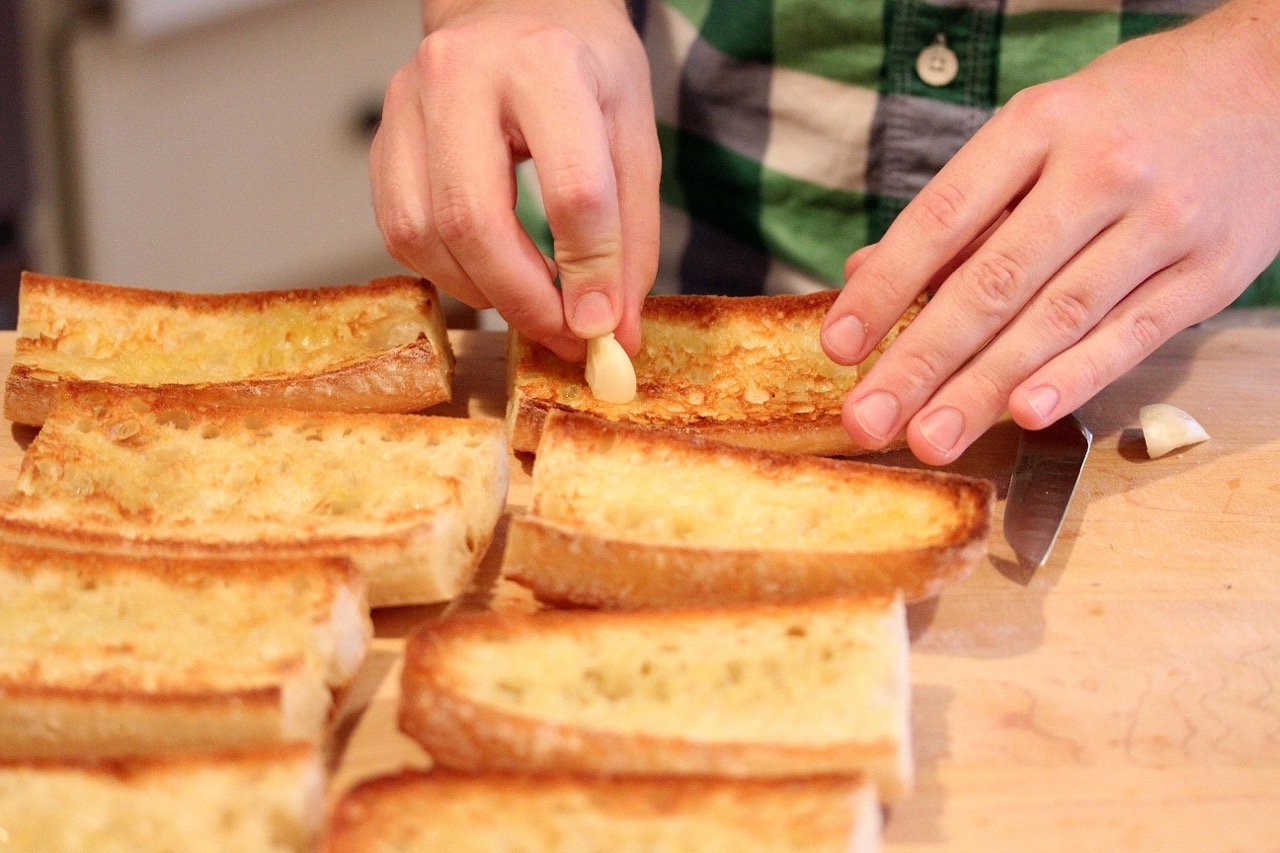

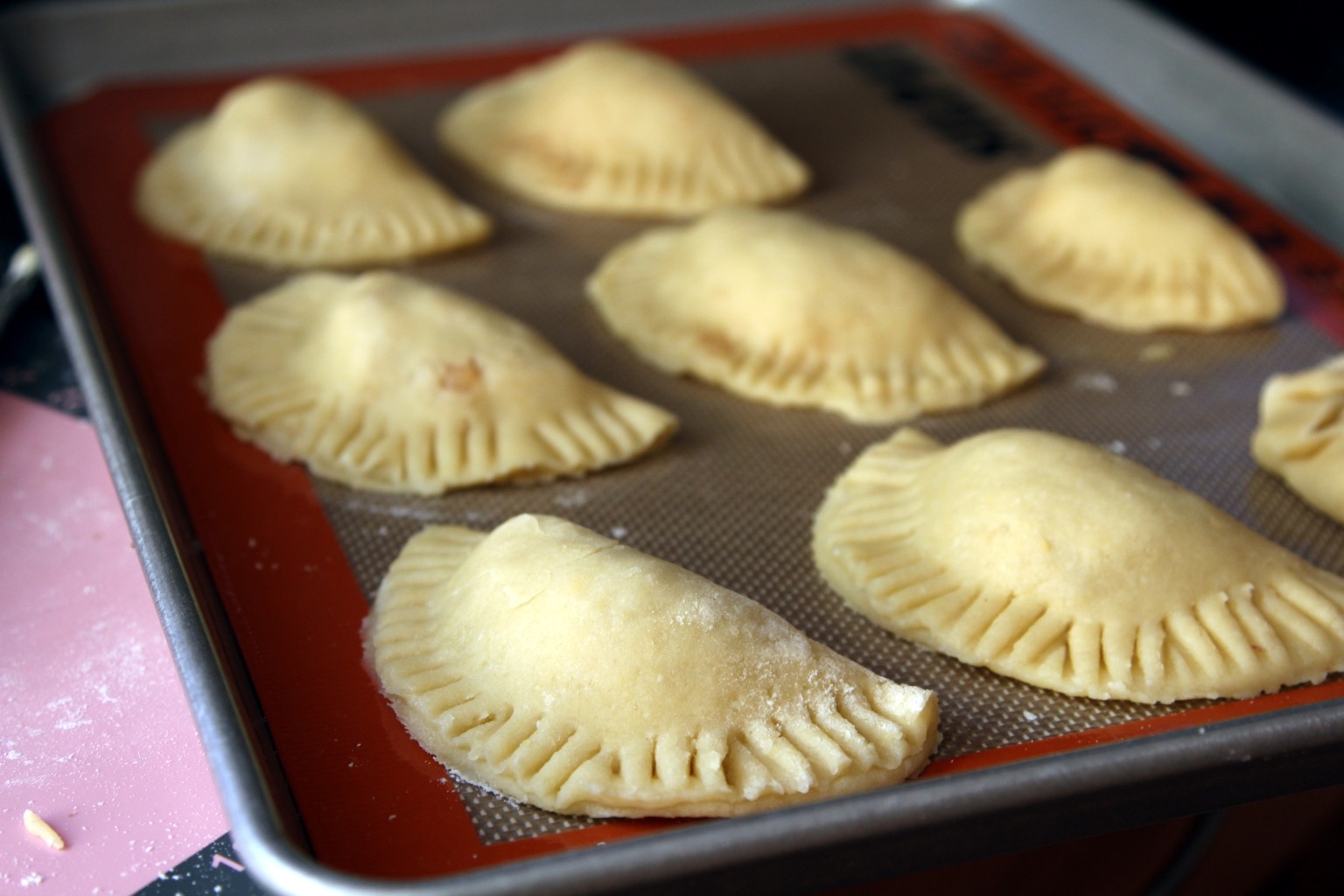
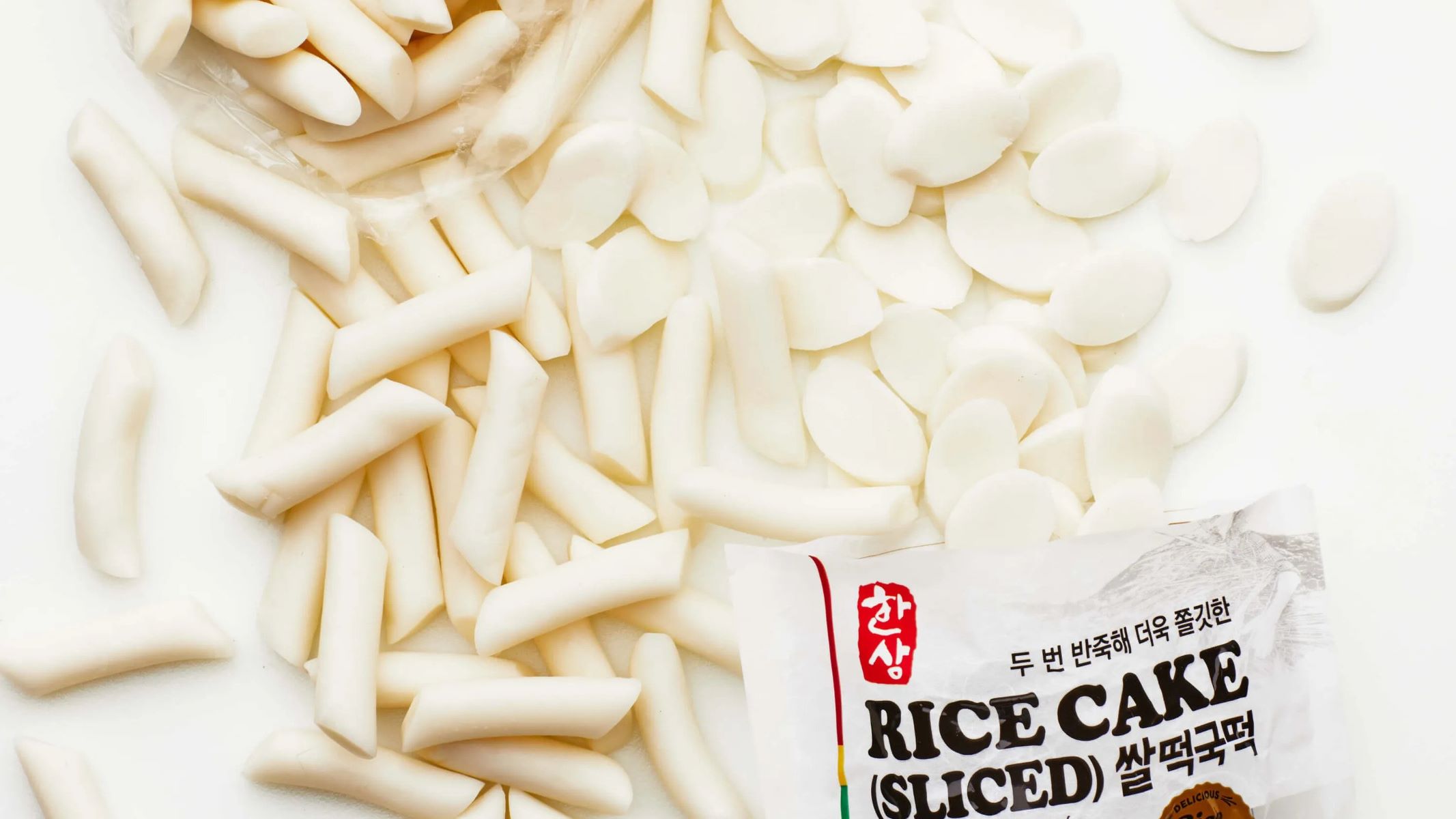
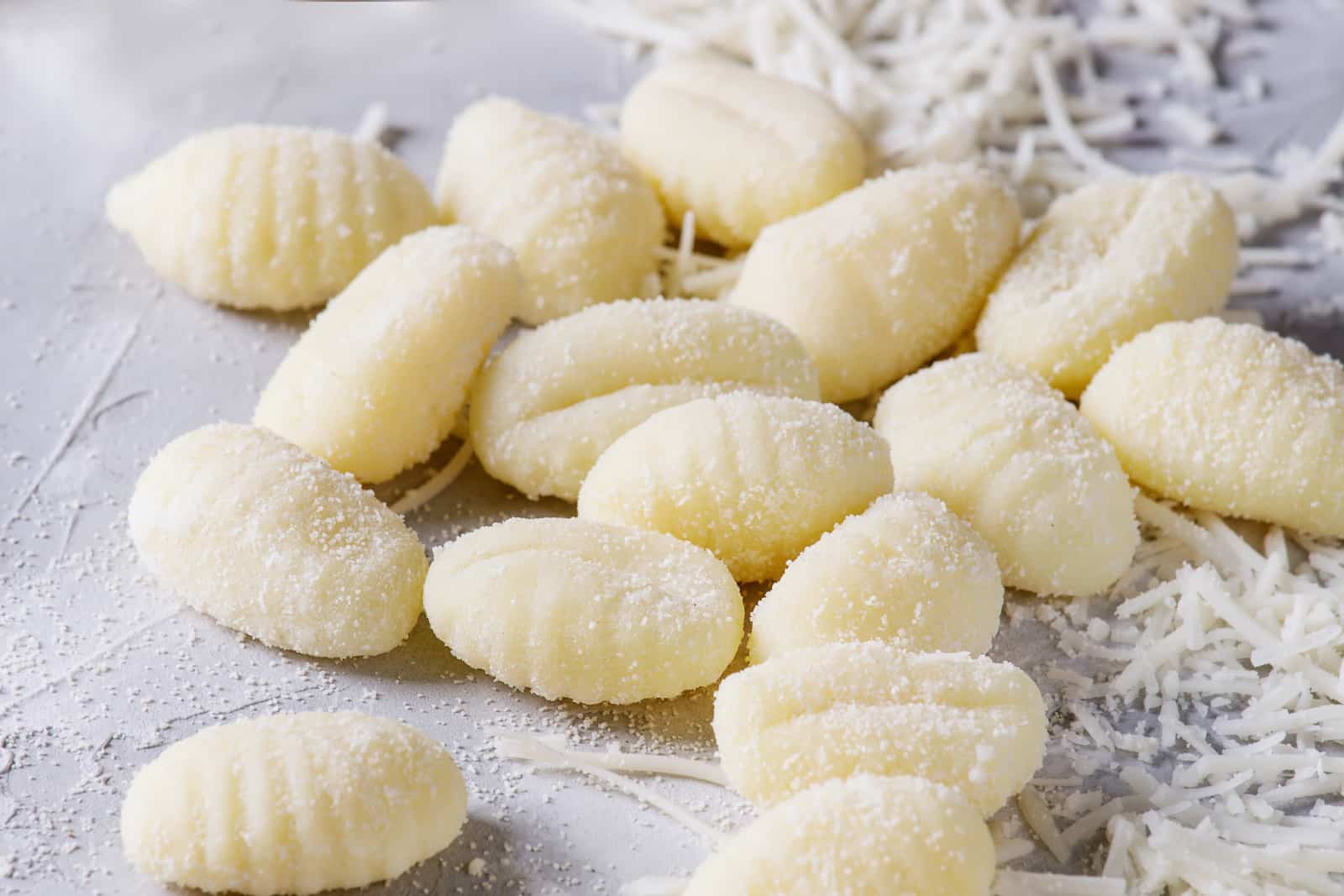
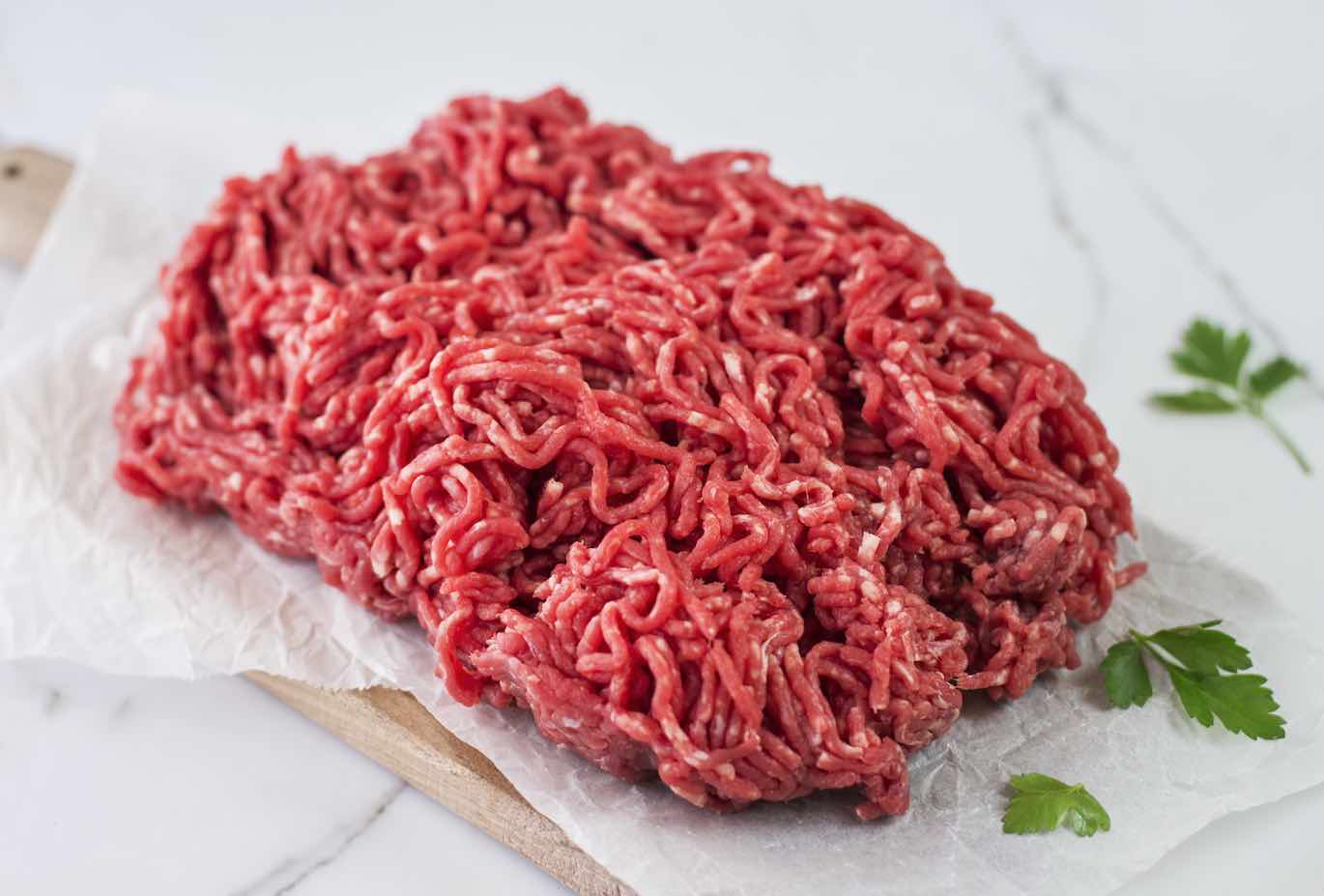

0 thoughts on “How To Store Uncooked Rice”